Maintaining a healthy diet without cooking might seem really challenging as one's eating options are significantly curtailed.
Today college students, young professionals, working couples, young parents or anyone with a busy schedule is really stretched for time.
Yet there is increasing awareness about the ill effects of eating highly processed foods or too many takeouts.
I have shared some simple strategies that can help you eat healthy while doing barely any cooking.
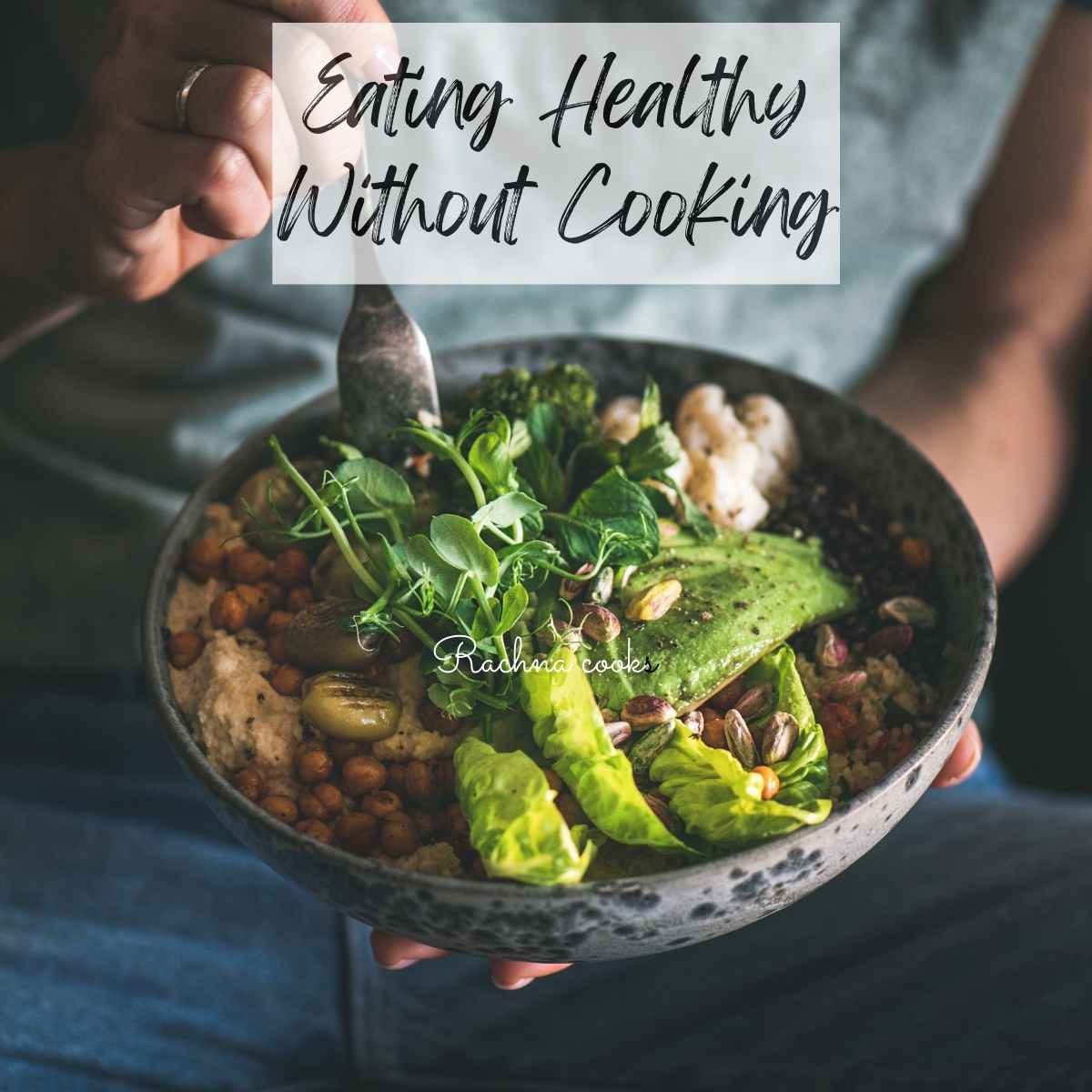
1. Embrace Ready-to-Eat Fresh Produce
Fruits and vegetables lend them to a healthy diet with very little preparation or work.
Apples, bananas, oranges, berries, grapes, cherry tomatoes, baby carrots, and bell pepper strips are all fantastic options.
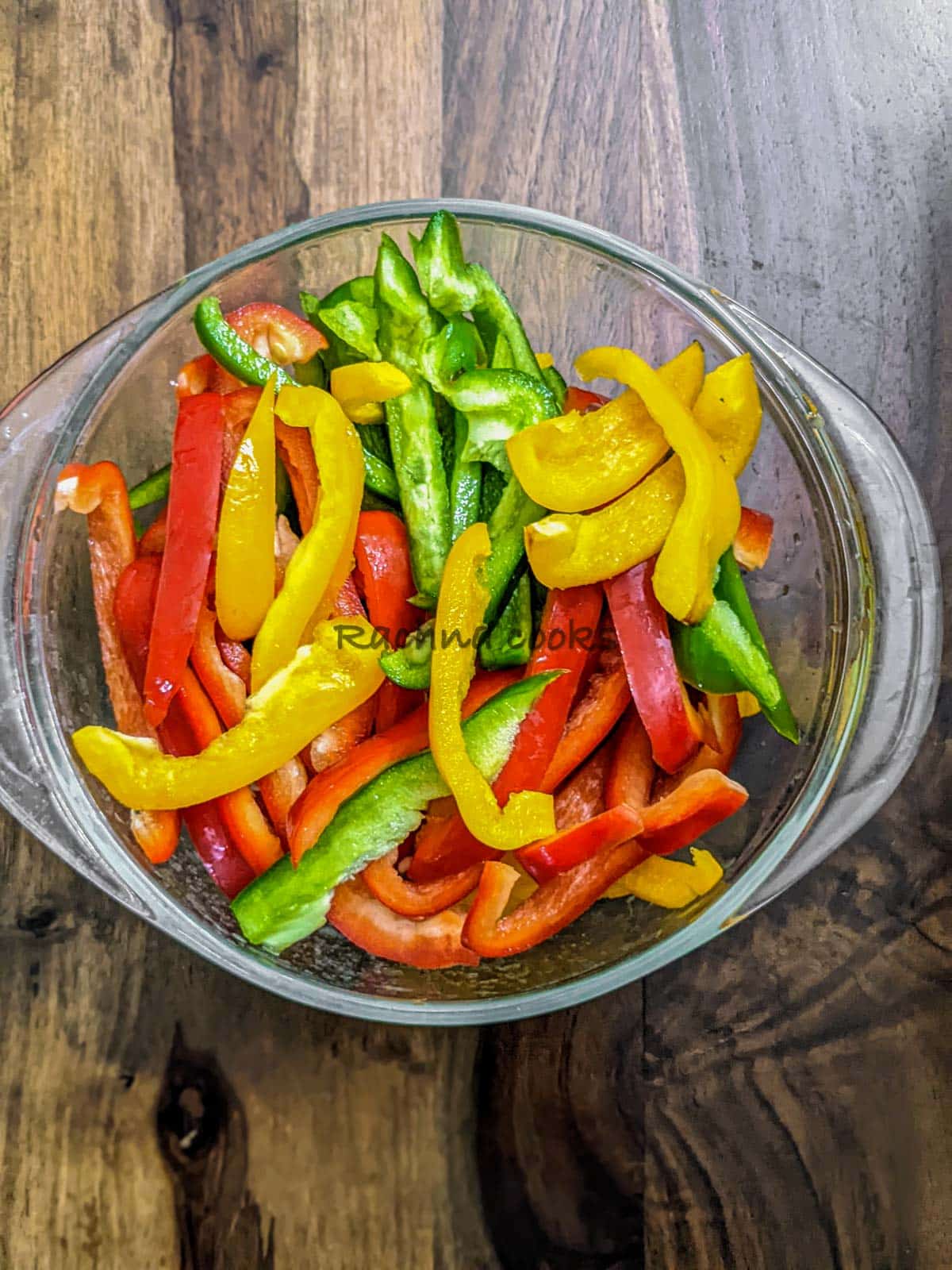
To make it even more convenient, consider buying pre-washed salad mixes or pre-cut fruits and vegetables.
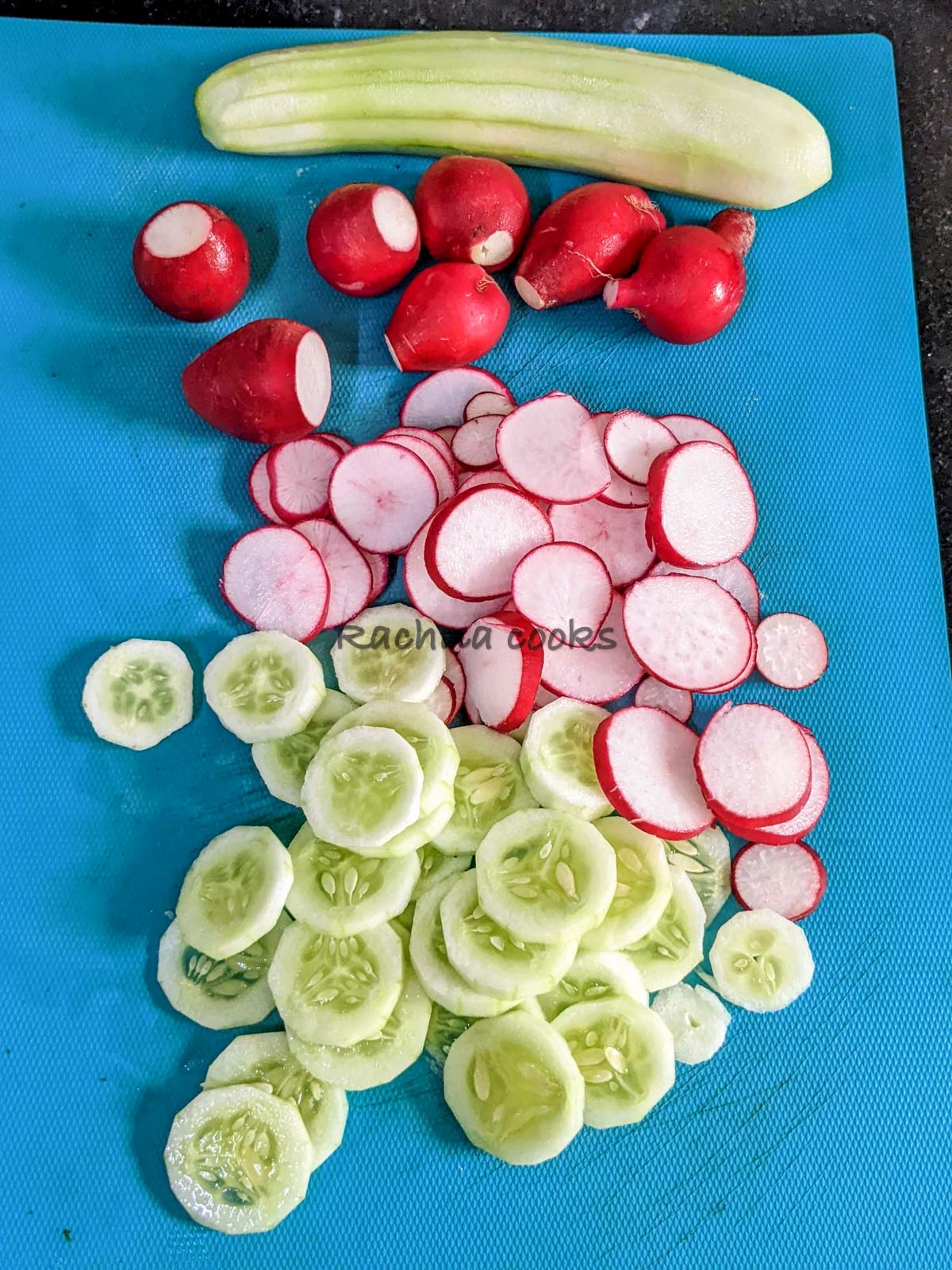
They may be more expensive, but as they save time they may be worth it.
Keep these healthy options visible and within easy reach, as we are more likely to consume what is immediately available to us.
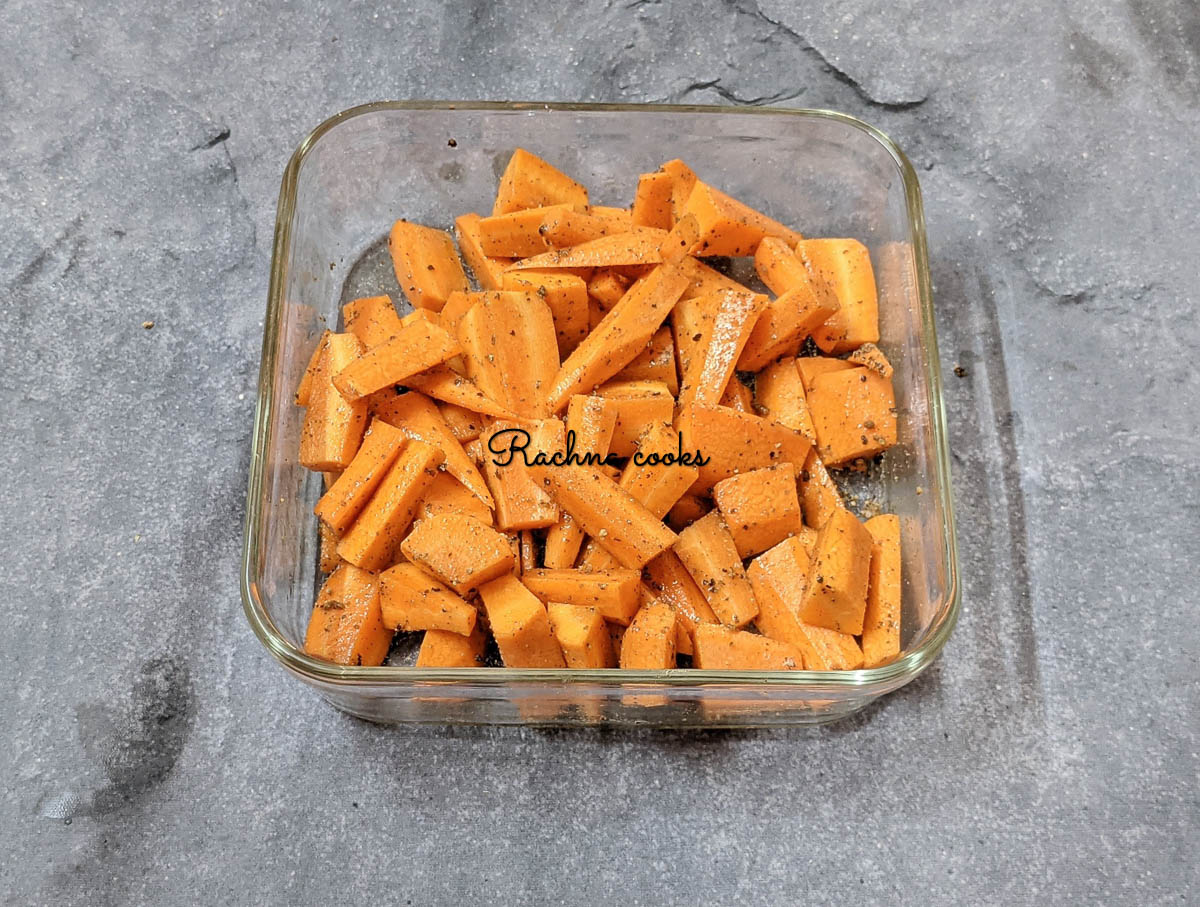
2. Opt for Healthy Prepared Meals and Meal Kits
While over processing may be a concern with convenience foods, you may find a lot of choices that are healthy too.
Frozen meals have come a long way from the high-sodium TV dinners of the past.
It is important to read the labels carefully while choosing frozen or ready-to-eat meals.
We are looking for foods that are low on sodium, sugar, salt, trans fats and preservatives.
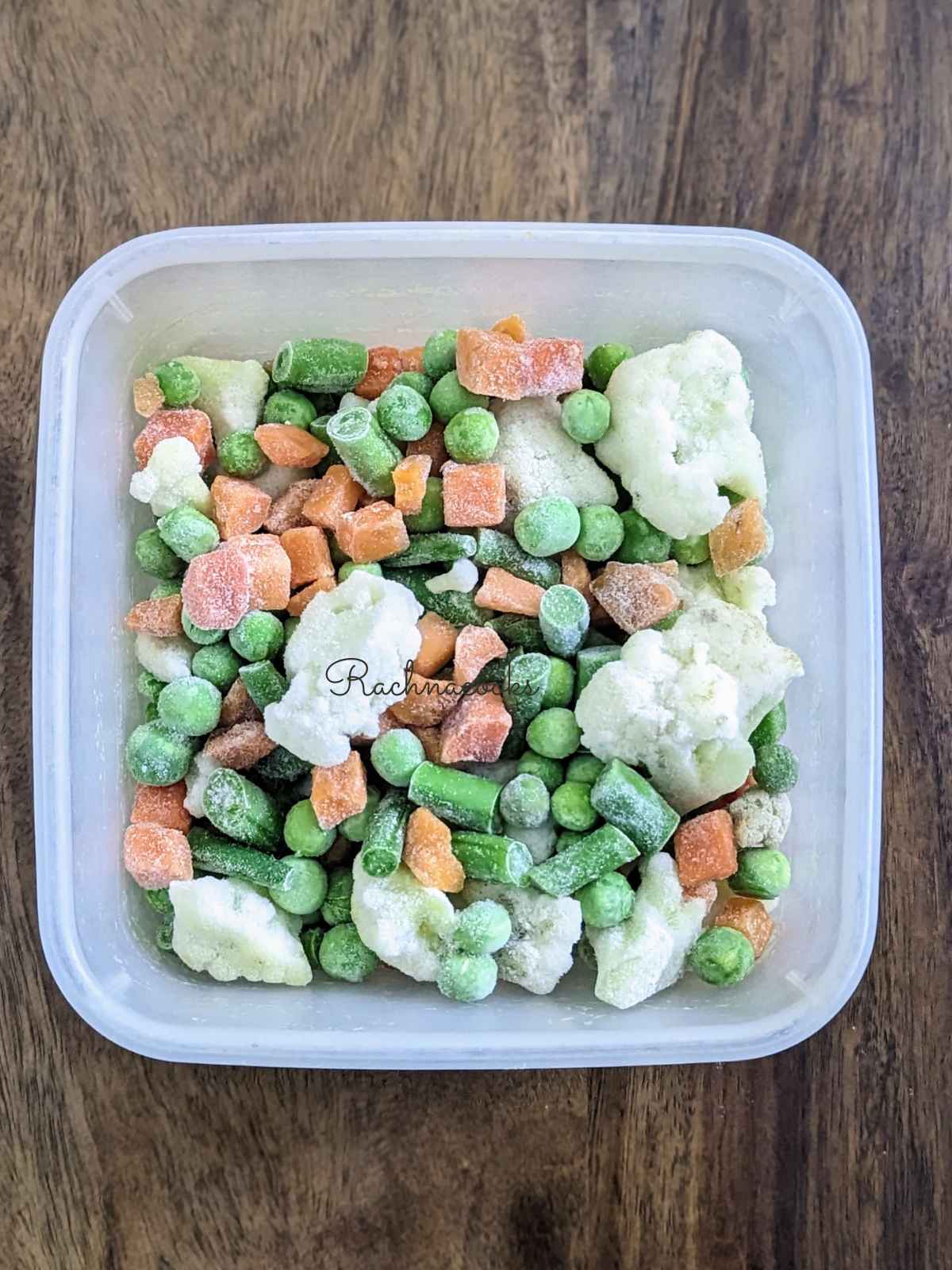
My college-going son really loves some of the microwave or stove top meals that he gets at Trader Joe's or his neighborhood grocery.
He check the labels to read their nutrition information so that he buys the healthiest options available.
I bought him an air fryer last Thanksgiving, and he has been putting it to full use.
It is so easy to reheat foods in air fryer, do frozen vegetables and meals to piping hot and crisp in the air fryer.
A real winner for students like him.
Even beginner air fryer recipes barely need any work or any real cooking for him to be able to manage it in his tight schedule.
3. Choose Healthier Snacks
Snacks help us tide over in-between meal time hunger. This is one area where one can easily slip up.
Opt for nutritious snacks like unsalted nuts, baked legumes or pulses, yogurt, hummus, whole-grain crackers or even quick sandwiches.

Try to have snacks that are high in protein and fiber. They are more filling.
Be cautious of packaged snacks that claim to be healthy but may be loaded with sugars or trans fats. Always check the labels for nutritional information.
4. Drink Wisely
It is important to stay hydrated while being on the go.
Always keep a bottle of water with you and keep refilling it during the day.
If you crave something with more flavor, infuse water with fresh vegetables or fruits. Sparkling water works as well.
Stay away from sugary drinks like sodas, fruit juices and energy drinks.
5. Use Smart Eating Out Strategies
Eating out can be smart too if you make the right choices.
Many restaurants offer healthier options like grilled proteins, salads, and vegetable sides.
Don't hesitate to ask for modifications like dressing on the side or swapping fries for a side salad.
Be mindful of portion sizes, which are often larger than necessary. Consider sharing a meal or taking half home for later.
6. Rely on Whole Foods Whenever Possible
Whole processed that are minimally processed must form the basis of your diet.
These foods provide the most nutritional benefit and help avoid unhealthy additives found in many processed foods.

Whole grain cereals or frozen cooked whole grains like quinoa, millets etc., raw nuts and seeds, and canned or frozen fruits and vegetables are all healthy choices.
7. Use Healthier Convenience Foods
Convenience foods are such a lifesaver. They really cut down on cooking when you are craving a wholesome meal.
Canned products canned beans, canned fruits, cut and washed fruits and vegetables, pre-cooked lentils, rotisserie chickens, can serve as a starting point for many healthy meals.
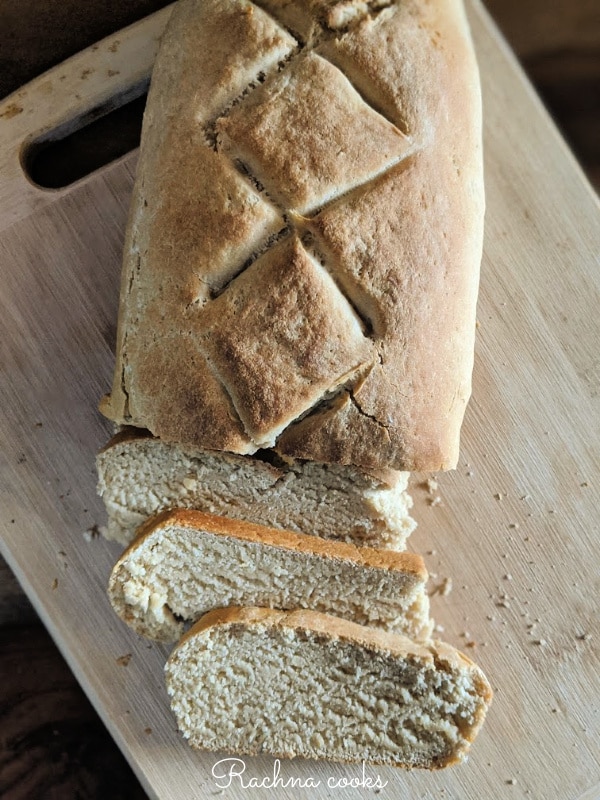
Whole grain breads and cereals, hummus, tahini and guacamole are also helpful buys.
Frozen vegetables are really very handy and help you cook healthy sides in no time.
8. Practice Mindful Eating and Meal Planning
Try to sit down for 10 minutes and focus on what you are eating.
Slow down, savor each bite, and listen to your body's hunger and fullness cues. That way you will feel satiated and be mindful of your portion sizes.
My college-going son does groceries over the weekend preps for the entire week so that he can have a ready meal in under 15 minutes.
Eggs are a great healthy breakfast option along with nuts, seeds and whole grain muesli with fruit and milk. His breakfast on most days is sorted with these.

He also loves seafood. Fish and shrimp cook really quickly and pair well with rice that he makes in his rice cooker.
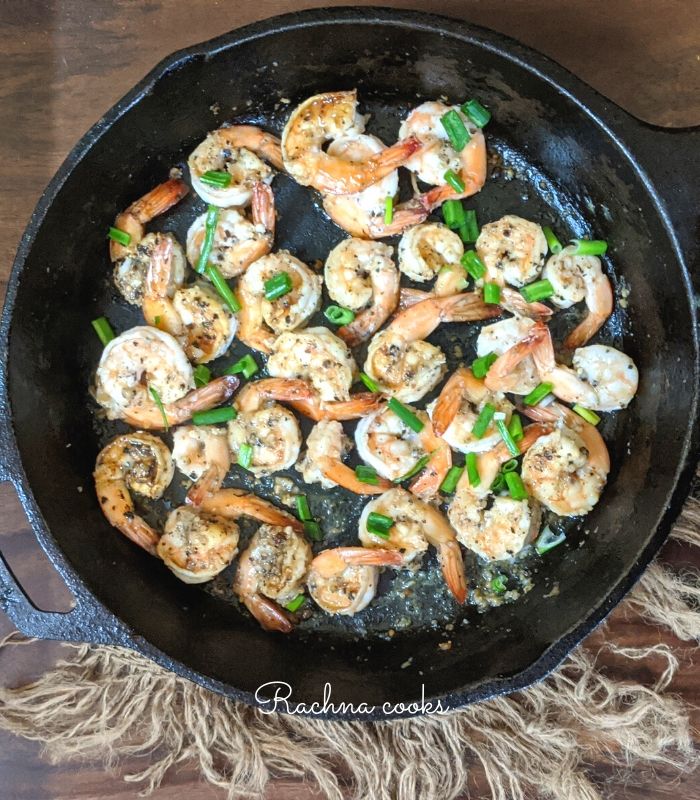
Even pasta with bottled sauce is quick and easy to make.
Planning ahead really takes off the stress of healthy cooking. As you can see, even with very little cooking one can eat really healthy and economically too.
Eating healthily without cooking is far from impossible.
By following these tips and making smart, mindful choices, you can maintain a nutritious diet that supports your busy lifestyle.





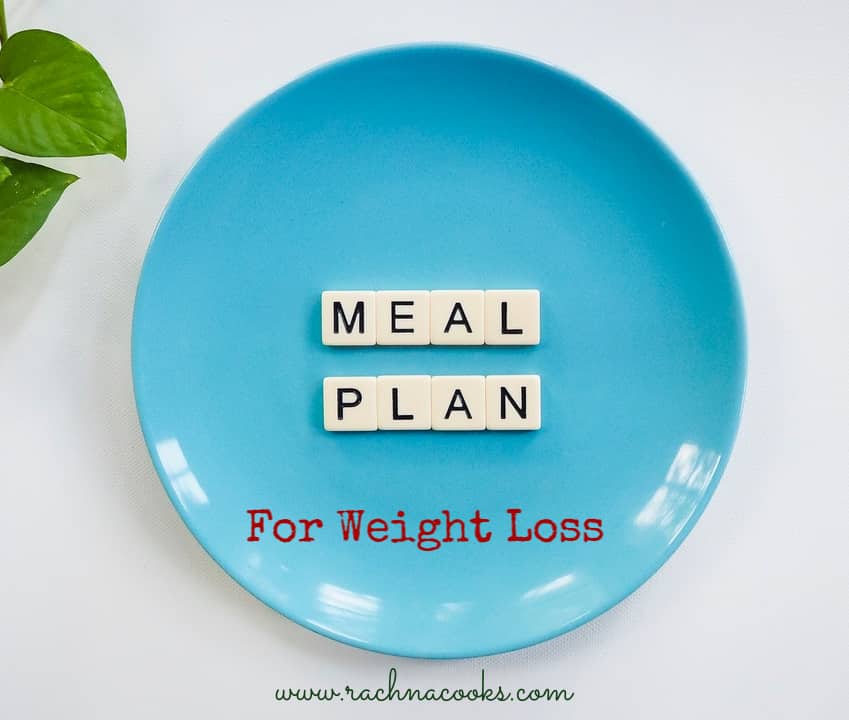
Leave a Reply